Have you got a crumbling spine?
Probably not.
Here's the thing, there's no official medical diagnosis for "crumbling spine", yet here at Gillingham Chiropractic Clinic we hear people talking about it all the time. So what do people mean when they use the phrase?
When people hear the term “crumbling spine” they tend to think pain, disability and fragility. Often people don't seek further help - assuming that they are condemned to a lifetime of pain, but that's not always the case.
If you are someone who is unfortunate enough to suffer with chronic pain, that doesn't mean it can’t be managed. Think of all the things you would be able to do for if you could, for example, reduce your pain from say, an 8/10 to a 4/10!
This is why it is so important to ask questions about your condition, as well as what options are available to you.
Below are a few examples of what people may actually mean when they say crumbling spine, as well as options that may be available to you
Spondylolisthesis - spondylo = spine, listhesis = slip. This refers to when a vertebra slips over the one below it. It can happen to varying degrees so they are graded on a scale of 1-5.
Grade I: 0-25%.
Grade II: 26-50%.
Grade III: 51-75%.
Grade IV: 76-100%.
Grade V (spondyloptosis): >100%.
Many people may have some degree of spondylolisthesis and be unaware of it. Treatment varies according to severity or slip and severity of symptoms. Many low grade cases can be managed conservatively with massage, exercise, bracing and activity modification. Worse cases may require surgery.
Degenerative joint disease (DJD) - also known as osteoarthritis or spondylosis. DJD is the "wear and tear" type of arthritis that we will all experience some degree of eventually as the cartilage in between our joints wears down.
There are lots of options available to you to help you manage this condition, the best of which is exercise! Ask a healthcare professional which exercises are best for you and your needs. The NICE guidelines also recommend manual therapy (joint manipulation and stretching), electrotherapy, acupuncture and of course pharmacological alternatives.
Degenerative disc disease (DDD) - you've probably guess this one, this refers to the wear and tear that happens to the discs with age; it often affects the lower lumbar discs. The discs become dehydrated, lose their height and in some cases tear, which for some can cause further problems like sciatica.
Surgical options may include disc replacement or spinal fusion, non-surgical options are similar to that of DJD - particularly as you will find that those with DJD will likely also have some DDD. You might also want to try hot/cold therapy to help manage symptoms.
Osteoporosis - is lack of bone density, which puts you at risk of fractures; It particularly affects older women. Prevention is much better than cure for this, so having a healthy diet, and taking part in weight-bearing exercise (e.g. running, dancing, etc) is very important. Ask your doctor to discuss other medical options with you.
If you are concerned about your bone density, you can have it checked by something called a "DEXA" scan.
Fracture - most commonly, compression fractures. In those who are osteoporotic it may not take much trauma at all to cause a fracture. Compression fractures mean that the vertebral body loses some height and becomes wedge-shaped. Depending on the severity the fracture, it may be left to heal on it’s own, and simply treated with pain relief and physiotherapy. In other cases you may be offered a brace to wear or surgery.
To summarise...
If you are told that you have a crumbling spine PLEASE ask more questions. Ask what they mean by that term, ask for the medical name for what they are referring to, ask what options are available to you. Don't resign yourself to a life of fear, pain and immobility!
Pssssst! There’s a follow up to this blog post here!







